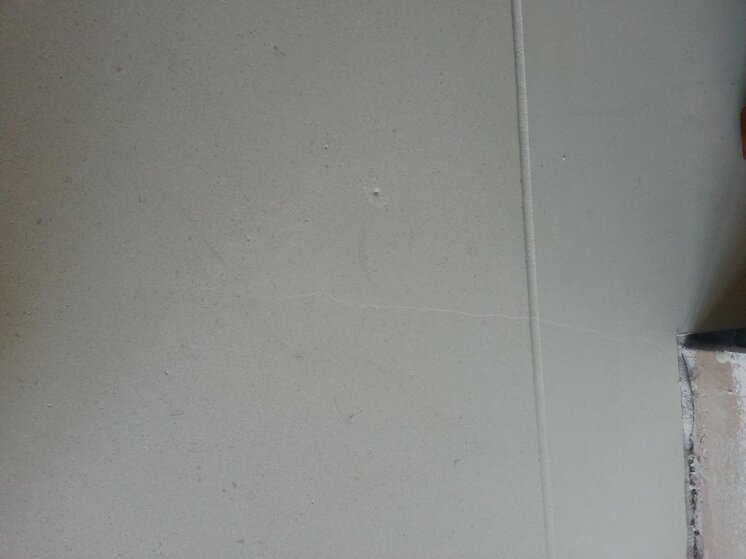S
splas
You sure it is a negligence claim for bad workmanship & not for a negligent accident - the two are quite different - not saying that is the case Iam not certain.
However in his case he will more than likely have the absolute bare minimum insurance as he has financial issues.
Also Ajax suggests household insurance but again that is for accidental damge (which is often negligent) but is NOT the same as bad workmanship - this isn't an accident where he dropped something on my tiles.
I seem to have created a debate on insurance now - sorry guys - interesting topic for you though!
Sadly I think though in such situations the customer is screwed and at best the bad tiler/builder just suffers a reputation/bad reviews hit.
However in his case he will more than likely have the absolute bare minimum insurance as he has financial issues.
Also Ajax suggests household insurance but again that is for accidental damge (which is often negligent) but is NOT the same as bad workmanship - this isn't an accident where he dropped something on my tiles.
I seem to have created a debate on insurance now - sorry guys - interesting topic for you though!
Sadly I think though in such situations the customer is screwed and at best the bad tiler/builder just suffers a reputation/bad reviews hit.



